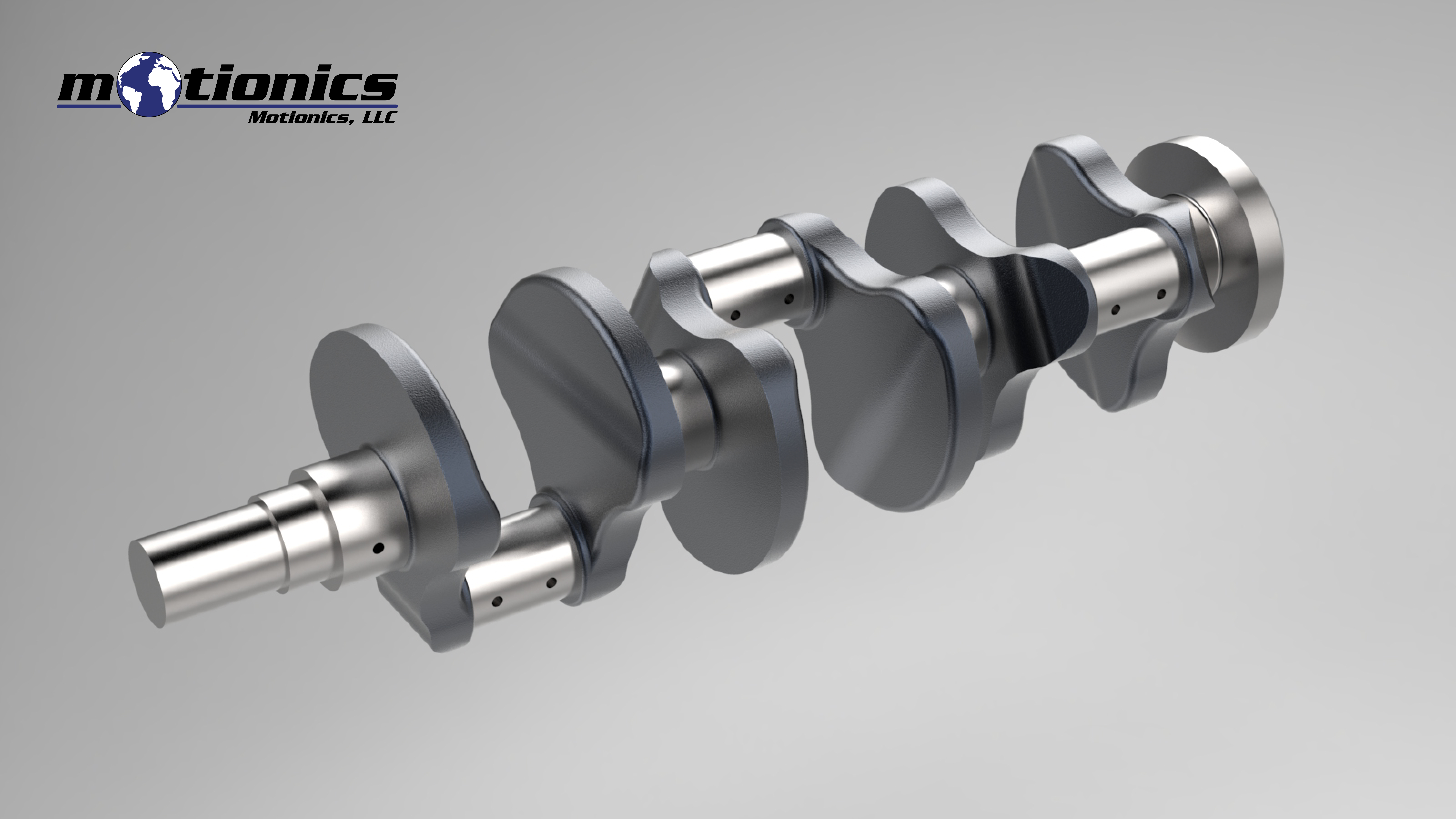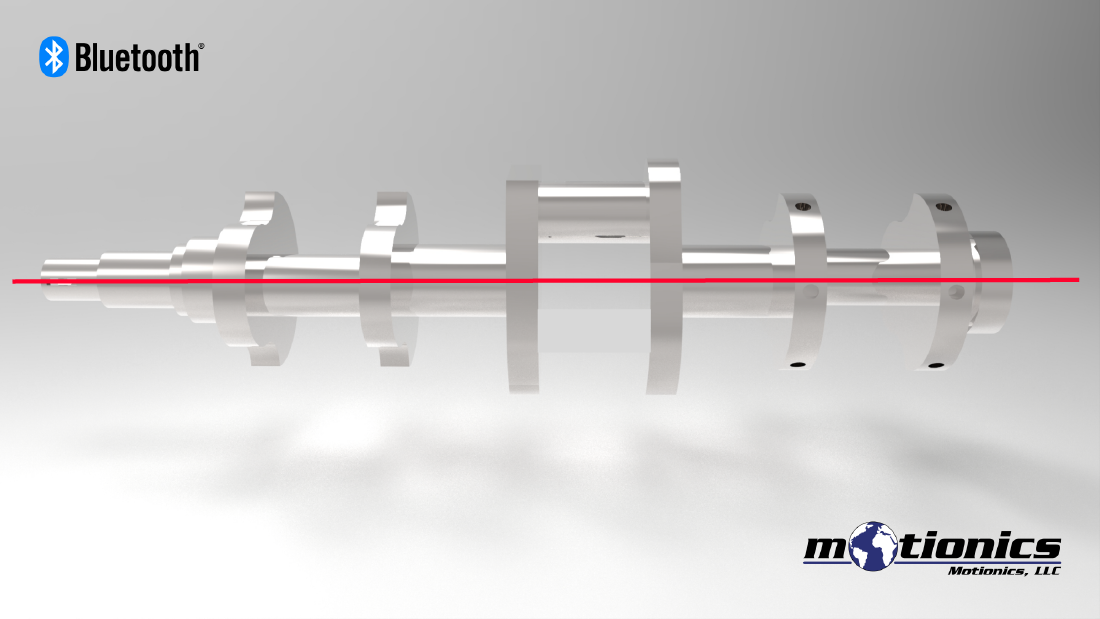Misalignment of Crankshaft in Marine Engines
The crankshaft of a marine engine is a huge component when completely assembled in the engine. At first the entire crankshaft is adjusted in a straight line (association drawn from the center point of the crankshaft makes a straight line) before setting it on the highest point of the main bearings.

With time because of varying factors, the straight line may bend and become misaligned. A level of misalignment is bearable and acceptable to some extent; however, on the off-chance that the value goes past that rated by the manufacturer, it might prompt harm or even breakage of the crankshaft.

The following are the main reasons behind misalignment of a crankshaft:
- Wipe-out or damage of the main bearing
- Free engine foundation bolt leading towards vibration
- Deformation of ship’s body
- Crack in the bearing saddle
- Free main bearing bolt prompting damage of main bearing
- High bending moment on the crankshaft because of intemperate power from piston assembly
- Grounding of the ship
- Crankcase blast or fire
- A defective or destroyed stern tube or intermediate shaft bearings
- Free or broken chokes in the foundation
- Bearing pockets cracked
- Bed plate deformed – transverse girder damaged
- Tie bolts slack or broken
- Weakening of structure because of corrosion
By taking regular inspections and precautionary measures, crankshaft misalignment can be managed and overcome to avoid any disaster.
Image credit: